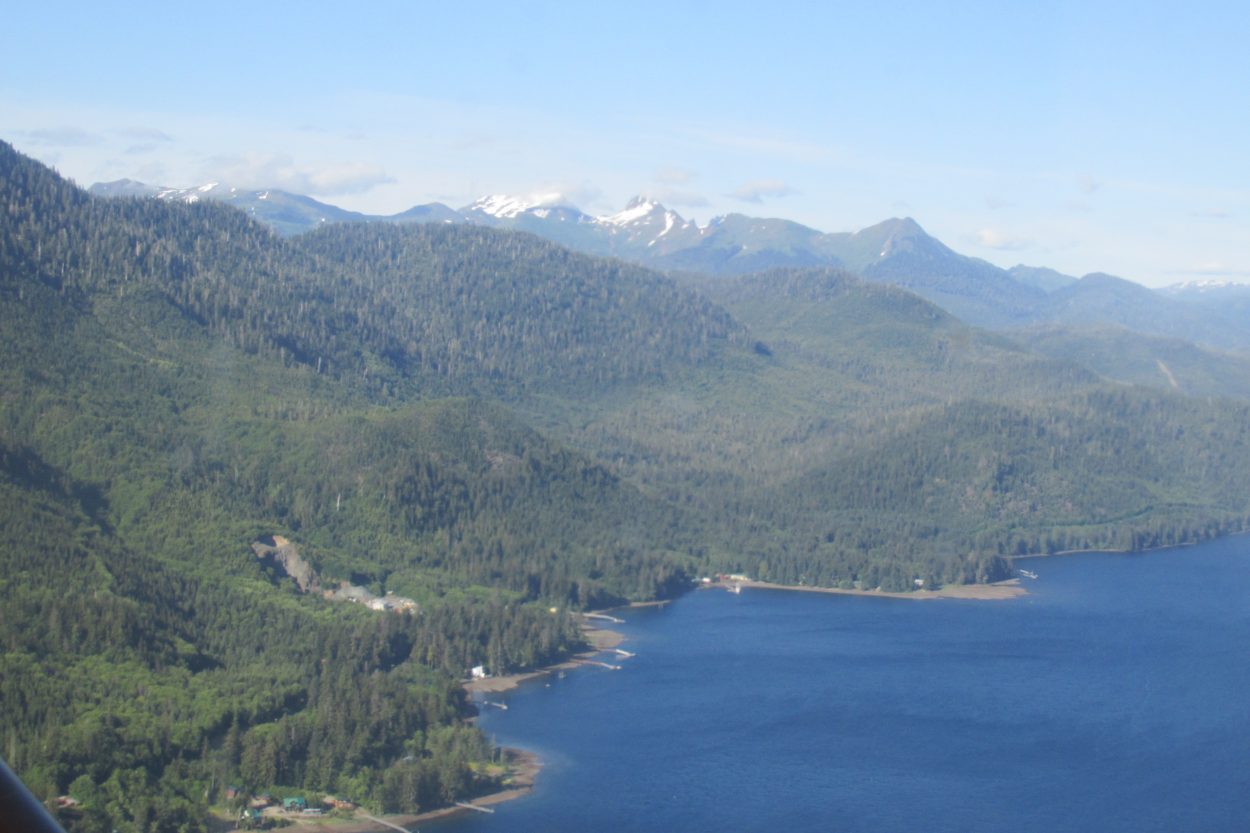
A team of researchers have been combing the waters around Prince of Wales Island, looking for evidence that could shed more light on how long Indigenous people have lived on this land. An underwater robot powered by AI has a key role.
After the discovery of an ancient fish trap last year, scientists were able to place Indigenous people near Prince of Wales Island around 11,000 years ago.
Now, more research is being done to see if they can push that time back even further.
Kelly Monteleone is a lead researcher with the crew. The crew includes people from the University of Calgary, Sealaska Heritage Institute and SUNFISH.
“We’re really hoping that we can find evidence going back, you know, thousands and thousands of years more — to get people on this continental shelf 16, maybe even 20,000 years ago,” Monteleone said.
She explained that the people who lived along that shelf tens of thousands of years ago are likely ancestors to modern-day residents.
“We’re hoping to find caves,” Monteleone said. “And then we know that because of changing in sediments, we’re not necessarily going to find things on the surface in caves. So we’re trying to take a number of sediment samples.”
The samples will then be searched for something called micro debitage. It’s a big word for something that’s actually really small.
“So every time somebody sharpens or uses a stone tool, little, itsy-bitsy flakes come off — sometimes, you know, less than one millimeter in size,” Monteleone explained. “And we can find those in the sediment samples if people were using tools in the cave.”
That sediment will undergo a variety of tests.
“We’re also going to be analyzing the sediments for environmental factors,” she said. “And so we’ll radiocarbon date and we’re gonna get pollen and something called dinoflagellates cysts, which are little microscopic organisms that tell us about the waterfall at the time that sedimentation happened.”
But there’s one catch: the caves are now underwater. Monteleone said they would’ve been above water around 10,000 years ago, when sea levels were about 165 meters lower than what they are now.
So the team is using an underwater robot powered by AI, called SUNFISH. Kristof Richmond is the co-principal investigator involved on the robotics side of the project. He said the robot is going to explore areas that humans pointed out last year.
“And it does very precise mapping using sonar and cameras, and can actually navigate into caves autonomously,” he explained. “So it’s able to explore really complex underwater features and map them out. And so we’re using that tool to help us really identify with precision what kind of features we saw in this high level overview.”
The team also held public events with the robot over the weekend in Craig and Klawock.
“This is just, for us, a real exciting opportunity to demonstrate AI and autonomous functions, you know, to get to places where people can’t and learn lots about our environments, where we come from, and, you know, get into unexplored territory and just push the boundaries of human knowledge,” Richmond explained.
It will take another year or so to comb through what the team finds. But they hope it will lead to even more research about the history of people living in Southeast Alaska.
This project was made possible by funding from NOAA Ocean Exploration.
Raegan Miller is a Report for America corps member for KRBD. Your donation to match our RFA grant helps keep her writing stories like this one. Please consider making a tax-deductible contribution at KRBD.org/donate.





